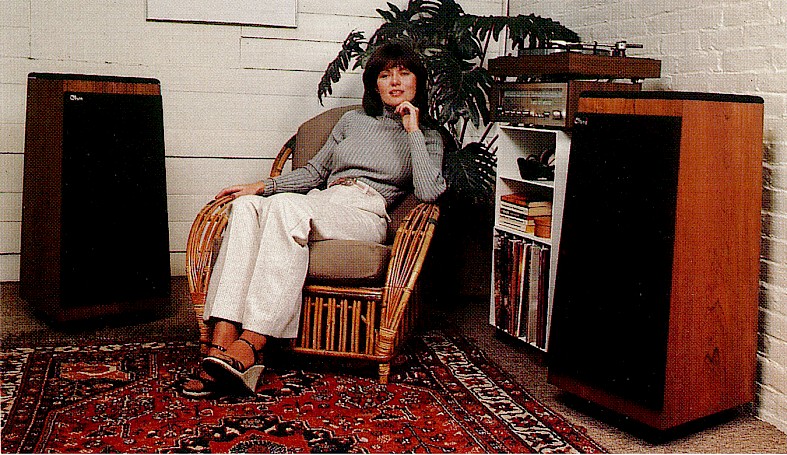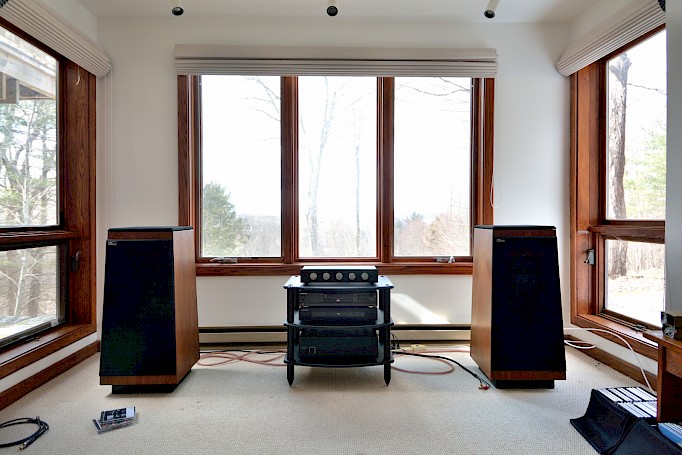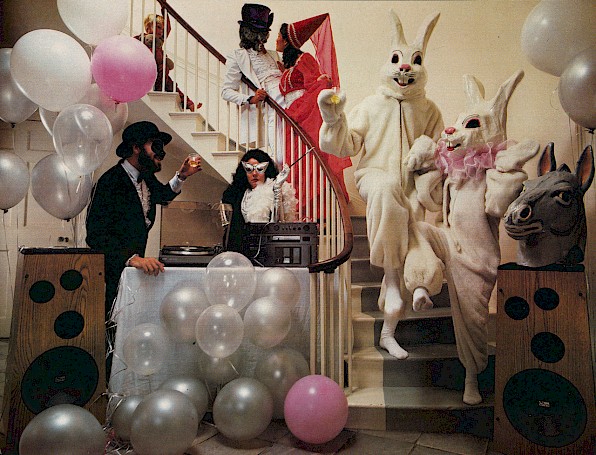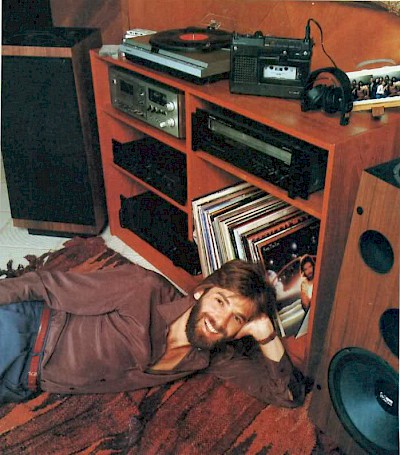
STANDARDS are up. It’s hard these days to find a loudspeaker that’s downright bad — at least among reputable brands. Most are fair and many are good. But speakers whose sound is almost like real music are still rare. What’s more, not all such speakers receive the recognition they deserve because of extraneous handicaps such as limited advertising and distribution. It is always a special pleasure to ferret out, in a glutted market, such instances of obscure excellence.
Of course, there is a special responsibility in writing about a speaker that cannot be readily auditioned at the nearest neighborhood audio store. But in the case of a model with exceptional merit, it may be worthwhile for a serious listener to get in touch with the manufacturer and have him arrange hearing through his nearest distributor.
These remarks are occasioned by our recent acquaintance with the Ohm I, surely one of the best speakers we have ever heard. Anyone willing and able to spend upward of $1,000 for a pair of speakers would expect something exceptional. And that is exactly what this model offers, both in principle and in sound.

Even outwardly the Ohm I is unusual, looking like a sawed‐off obelisk — a tapered square column rising 34 inches from a 15‐inch base, elegantly finished in walnut, teak or rosewood. A total of five separate speakers inhabit the obelisk, facing both forward and upward to provide the kind of multidirectional sound spread that marls such unconventional but musically outstanding speakers as those by Bose, B&W and Shahinian. A group characteristic of these multidirectional models is an exceptional sense of sonic spaciousness that lends a feeling of depth to the music.
One of several desirable aspects of the Ohm I is its combination of efficiency and power‐handling capacity. It takes less than 10 watts to drive the Ohm I to room‐filling sound levels. But while most speakers with such high efficiency would burn out their vital parts when presented with a high-wattage wallop, the Ohm I keeps its cool even at input levels up to 1,000 watts and that third zero is no misprint!
Pardonably, we did not test this upper limit. Outside of Madison Square Garden, we cannot conceive of any need for such extreme power levels. Besides, when we played a recording of the great organ at St. Sulpice in Paris, the furniture was already hopping even with the volume control on our 70-watt per‐channel receiver less than halfway up. And when we switched to Wagner, we found that this speaker remains unruffled even by the collapse of Valhalla. Mere loudness, of course, is no criterion of fidelity. What is more to the point is that even at the most sonically stressful moments, orchestral textures never became opaque, nor did the treble veer toward shrillness.

This remarkable sound issues from an unusual array of separate speaker elements. The lowest bass is generated by a 12‐inch subwoofer with a massive 72‐ounce magnet. It is mounted in a separate resonating cavity at the bottom of the enclosure, which is vented through a 5-inch-diameter duct, wide enough to form an effective supplementary area of bass radiation. Together, the sub‐woofer and its duct opening create the equivalent of an 18‐inch woofer. An 8‐inch woofer, also in a separate vented cavity, specializes in the upper bass region, and a small dome‐shaped speaker takes care of the midrange.
It is the arrangement of the two softdome tweeters that mainly accounts for the Ohm’s exemplary sound spread. The frontally mounted tweeter radiates directly toward the listener, thereby contributing to the accuracy of the stereo image, which clearly pinpoints the location of the performing musicians on an imaginary stage. The topmounted tweeter scatters sound upward, to be reflected from the ceiling. It is this ceiling reflection that suggests the ambience of a concert hall, where the sound also rises, with much of it reaching the listener from above. Assuming favorable room acoustics, this type of sound distribution resembles (and surpasses in naturalness) the spatial effect attained by costlier and more complex means through the electronicambience simulators discussed in this column on Aug. 2.
Not that numbers ever really tell much about the quality of a speaker, but overall response ranges within an impressively small margin of 3.5 decibels from an awesomely low 35 Hertz to beyond the limits of audibility. The relative output of the various speaker elements is adjustable by three level controls that permit the system’s response to be tailored to the acoustic character of a particular room.

We have noted this speaker’s ability to face sonic cataclysms with cool competence. What is musically even more important is its subtlety, the delicacy of sonic detail, which brought out whispy nuances in chamber music and solo voices we had not heard before. Choral passages that had seemed muddy on other occasions suddenly cleared up when played through this speaker, revealing the interwoven strands of polyphonic texture. The bass, though profound when needed, remained discreet and without a trace of false boom. And we took particular pleasure in the sound of strings, which filled the room with a spacious sweetness that seemed downright seductive.
A speaker priced at $675 each can be called a bargain only if one considers that there is probably no better sound to be had at any price. But personal esthetics vary and some listeners may prefer the aura of conventionally designed front‐radiating speakers. Among the latter, the KEF‐105, the Mitsubishi MS‐40, the ADS L910 Series II, and the Acoustic Research AR‐90 have musical qualities that invite comparison with the Ohm I, offering a costly choice among superlatives.
The New York Times, 8/30/79
Inquiries about dealer locations may be directed to Ohm Acoustics Corporation.
